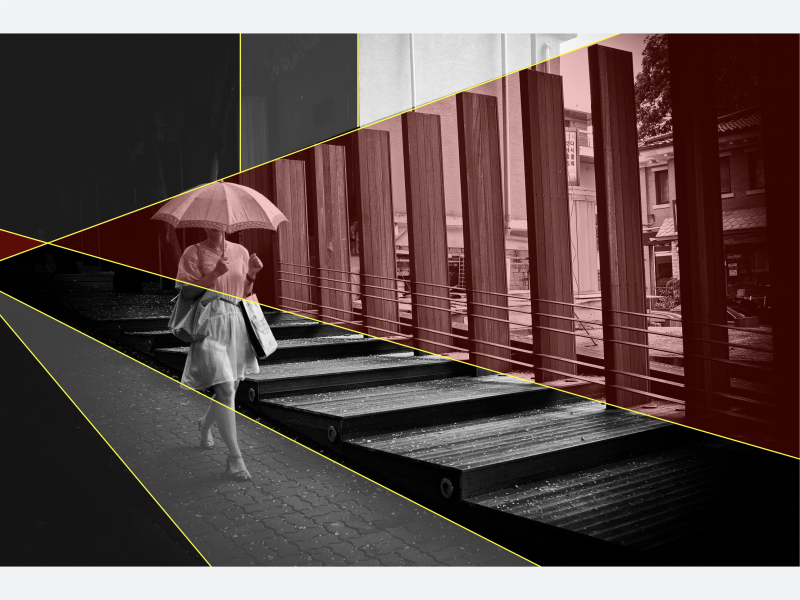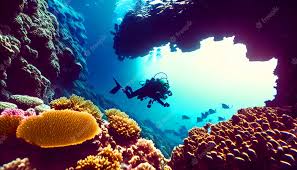Photography captures the beauty and expressions of settings and people around us in a way that we otherwise are unable to do. Clicking the most aesthetic and profound pictures and showcasing them to the world is an art. However, photography has not just limited itself to clicking pictures. It has many other elements to it. This blog will deal with the various impacts on photography after applying a suitable filter. To know about Yvette Heiser – The Impact Of Filters on Elevating Your Photography, keep reading.

Why Does Photography Need Appropriate Use of Filters?
Filters work as valuable tools that not only enhance the image through their creative effects but also give it more depth and expression. The filter gives a photo the necessary quality and radiance, which elevates the overall quality of the image. Other than the vibrant appeal, there are many benefits of applying filters to a picture.
Benefits of Photography Filters: The Easy Way to Enhance Your Captured Images
The effects of filters are much loved by photographers since they make their work unique and enhanced. These have a profound impact on captured photos, increasing their worth and quality simultaneously.
Controlling Exposure
There are a variety of filters that are helpful when applied to photos. Some of them work effectively by reducing the light in the photo without affecting the color scheme of the image. In contrast, others work to darken a part of the frame to give a further enhanced and focused image while blurring the rest. You can choose, according to your preferences, which filter you wish to apply, gaining the desired results.
Enhancing Color
Some filters are specially designed to correct colors in an image and reduce or increase saturation. These work great by enhancing the images of blue skies, green valleys, lush forests, or water streams, making them look more vibrant and attractive to the eye.
Special effects
Some filters have specific effects to capture images more astoundingly. While some block visible light and capture the natural picture, others even let in the visual light and enhance it with its auto features. These make a picture stand out in all its uniqueness!
Experiment and Repeat
Various filters and their distinct effects allow photographers to experiment with their photo-capturing skills and innovate new artistic styles and designs. This allows more flexibility and new dimensions in photography, enabling one to be more independent while capturing a picture.
Final Thoughts
The application of various filters has some great and unique impacts on the overall photography experience. Being a versatile tool of enhancement, the filters can be really helpful if chosen and worked with properly. With a wide range of filters to choose from and experiment with, photographers can make the best use of filter applications.
If you are passionate about photography and wish to explore other unique domains, reading about Yvette Heiser Texas – Exploring The Art Of Underwater Photography might be helpful. Explore the various dimensions of underwater photo-capturing skills and build on your knowledge for your next photography project.


